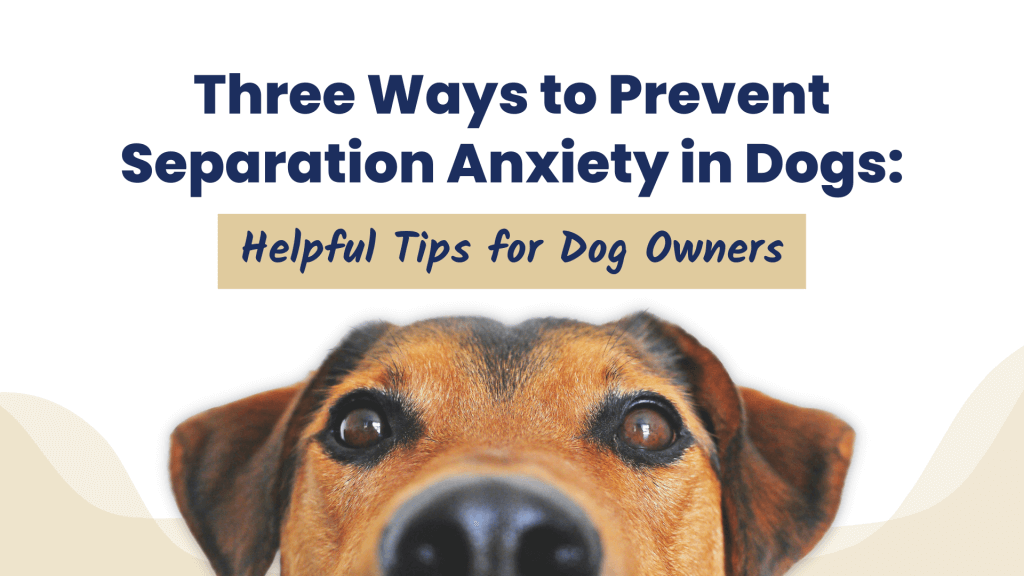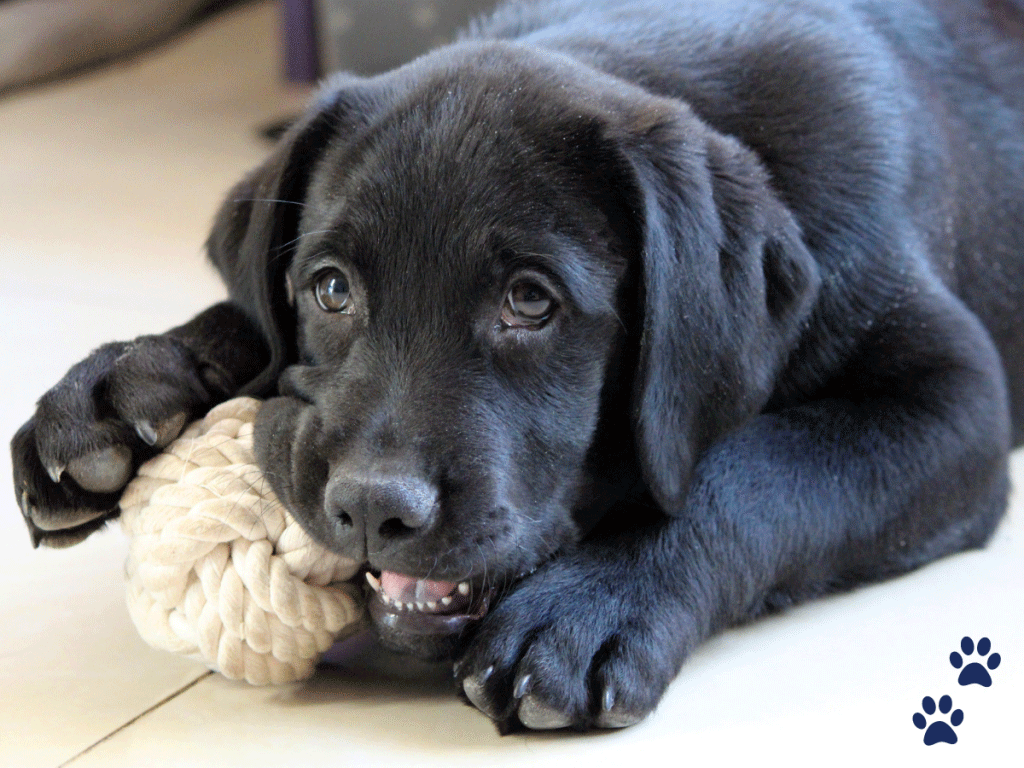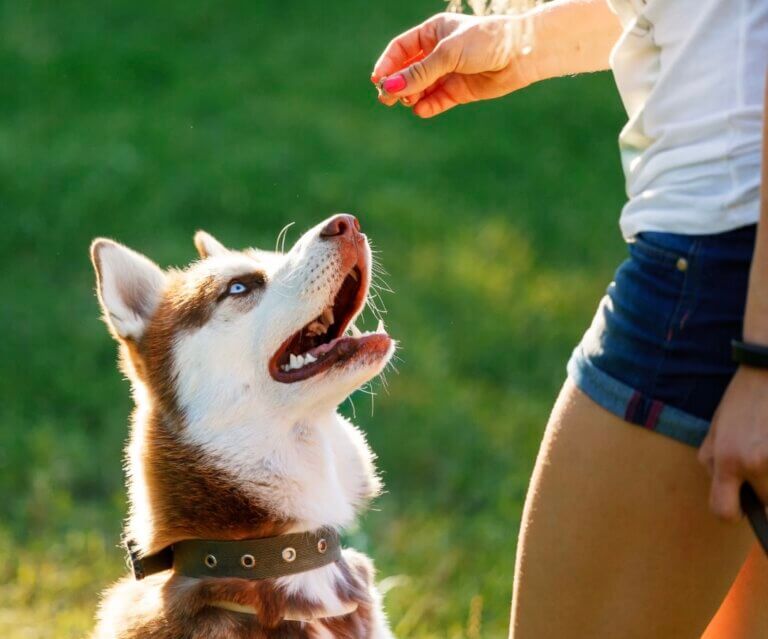In fact, we often get asked…
Well, it’s definitely a valid concern.
“How do I stop Puppy Separation anxiety from developing?”
In this blog post, we will outline three ways to prevent separation anxiety in puppies.
Let’s dive in!
Gradually Introduce Your Dog To Separations
It means you should have this gradual introduction from day one so your puppy can adjust to being away from you better.
You see, puppies can be susceptible to changes, so taking things slow is essential.
It will help him understand that you will always come back.
Make sure you put the puppy where he’s not going to destroy the house.
It could be a crate that they’re comfortable in or another designated area where they feel safe.
But you have to prepare yourself to hear a lot of noise at first until they get used to it.
You can do what you need to keep sane because they will make some racket.
Don’t reinforce the dog for being clingy
It’s crucial to avoid petting or praising your dog when they’re clingy, as it will only reward the bad behaviour.
Reinforcing this behaviour will only worsen the problem and result in a dog that becomes overly attached to you.
That will make your puppy feel and learn that those behaviours won’t result in getting what they want.
The moment he is relaxed or demonstrates good behaviours that are the perfect time you reinforce him.
It will stick to their memory that good behaviour leads to positive outcomes.
You can give them treats or toys to silence them and keep them occupied in this instance.
Just ignore the dog and give them attention when they’re calm.
Provide plenty of Exercise and Stimulation
In fact, one of the best ways to prevent separation anxiety is by providing your dog with plenty of exercise and stimulation.
When dogs are mentally and physically tired, they’re less likely to become anxious when left alone.
It will help keep their mind occupied and prevent them from developing separation anxiety.
Final thoughts
Which is why it is vital to set up your puppy for success as early as possible.
The sooner you start training your puppy to address the problem…
And with a bit of patience and effort, you’ll soon have a well-adjusted pup who can stay calm and relaxed even when you’re not around.
I hope this article has helped you in some way.
So please feel free to leave a comment below, and we will get back to you as soon as possible.


